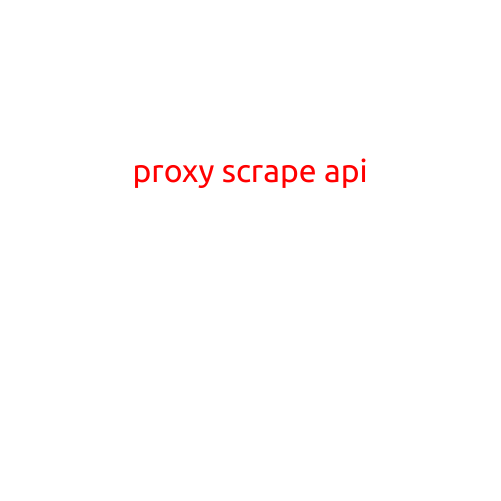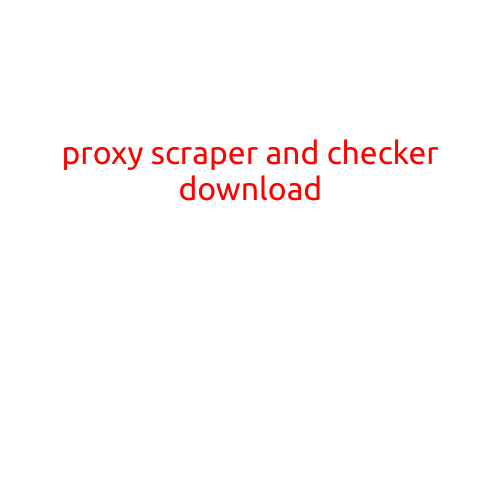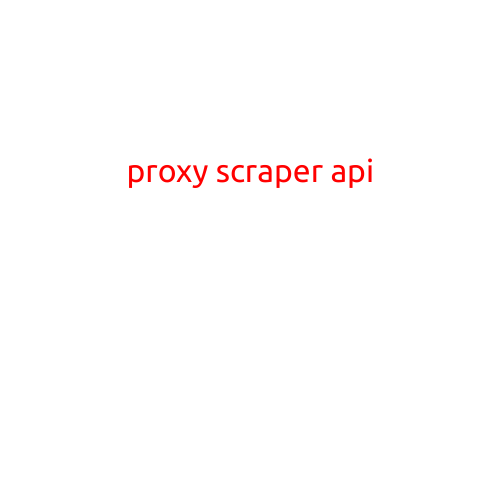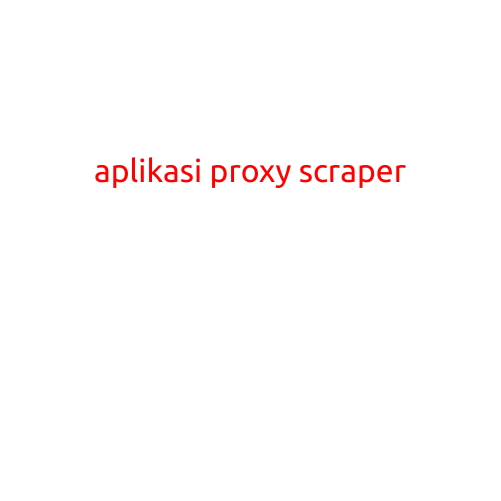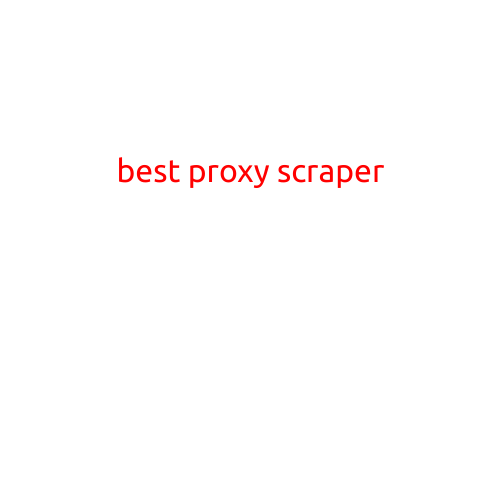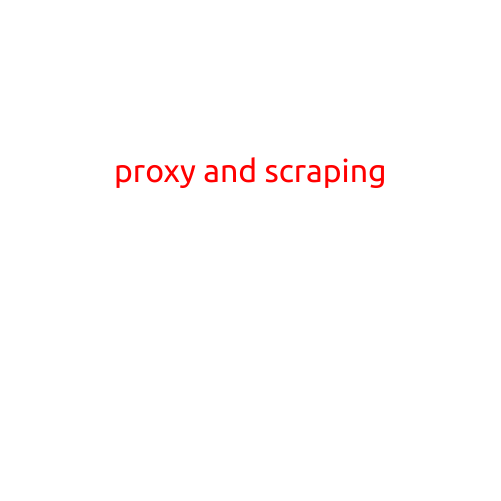
Proxy and Scraping: The Power Couple of Web Data Collection
In the world of web data collection, proxy servers and web scraping have become a vital combination. When combined, they enable the collection of vast amounts of data from the internet, often with unprecedented speed and accuracy. In this article, we’ll delve into the world of proxy servers and web scraping, exploring their benefits, challenges, and best practices.
What is Web Scraping?
Web scraping is the process of extracting data from websites and web pages without the need for manual intervention. It involves sending requests to a website, parsing the HTML response, and extracting the desired data. Web scraping is used for a wide range of purposes, including:
- Market research and analysis
- Data mining and extraction
- Sentiment analysis and monitoring
- Competitive intelligence and research
- E-commerce product scraping and price comparison
What is a Proxy Server?
A proxy server is an intermediary server that sits between a client (your web scraping software or browser) and a target website. When you send a request to a website through a proxy server, the proxy server acts as an intermediary, forwarding your request and receiving the response from the website. Proxy servers can be classified into two main categories:
- Transparent proxies: These proxies do not modify the request or response in any way, and are easily detectable by the target website.
- Anonymous proxies: These proxies modify the request and response to conceal the identity of the client, making it more difficult for the target website to detect the scraper.
Benefits of Using Proxies with Web Scraping
The combination of proxy servers and web scraping offers several benefits:
- Anonymity: Proxies help to conceal your IP address, making it difficult for websites to detect and block your scraping activity.
- Speed and scalability: Proxies can significantly improve the speed and scalability of your scraping operation, as they can handle multiple requests simultaneously and distribute them across multiple IP addresses.
- Avoiding IP blocking: By rotating through multiple proxy IP addresses, you can avoid being blocked by websites that detect and block your IP address.
- Compliance: Proxies can help you comply with website Terms of Service (ToS) and ensure that your scraping activities do not violate those terms.
Best Practices for Using Proxies with Web Scraping
While proxies and web scraping offer powerful tools for data collection, there are some best practices to keep in mind:
- Rotate proxies regularly: To avoid being blocked, rotate your proxies regularly to ensure that no single IP address is detected and blocked.
- Use a credible proxy provider: Choose a reputable proxy provider that offers high-quality, fast, and reliable proxies.
- Monitor and adjust: Monitor your scraping activity and adjust your proxy settings as needed to ensure continued success.
- Comply with website ToS: Always ensure that your scraping activities comply with the website’s Terms of Service and do not violate those terms.
Conclusion
Proxy servers and web scraping have revolutionized the way we collect data from the internet. When used together, they offer a powerful combination for extracting data quickly and efficiently, while maintaining anonymity and avoiding detection. By following best practices and staying up-to-date with the latest developments, you can successfully leverage proxies and web scraping to collect valuable data and unlock new insights.
